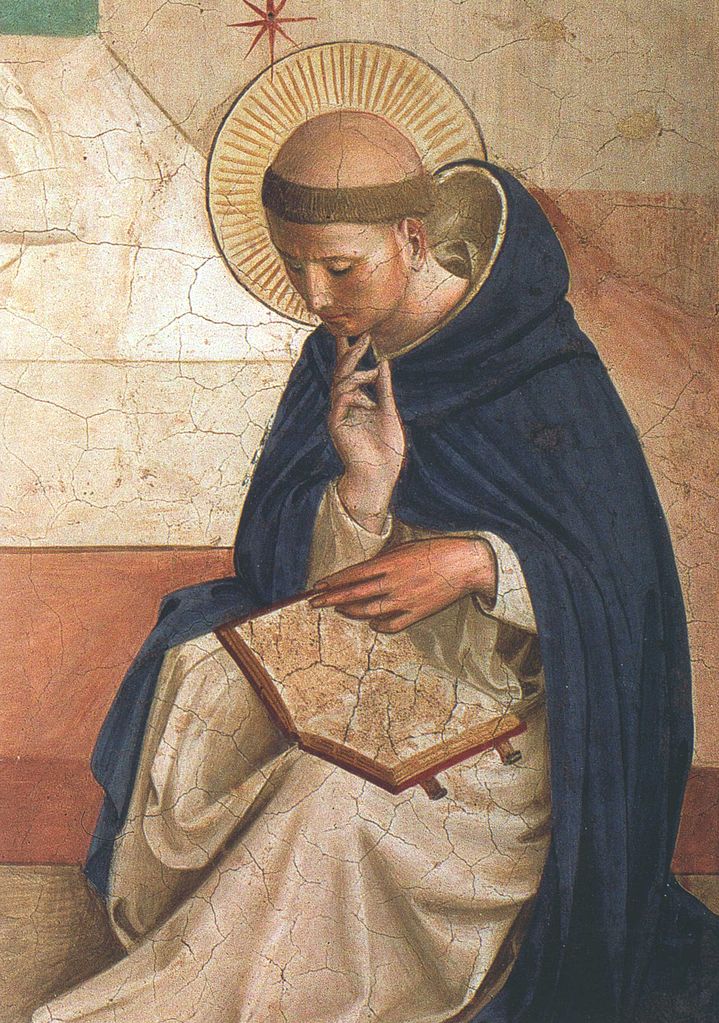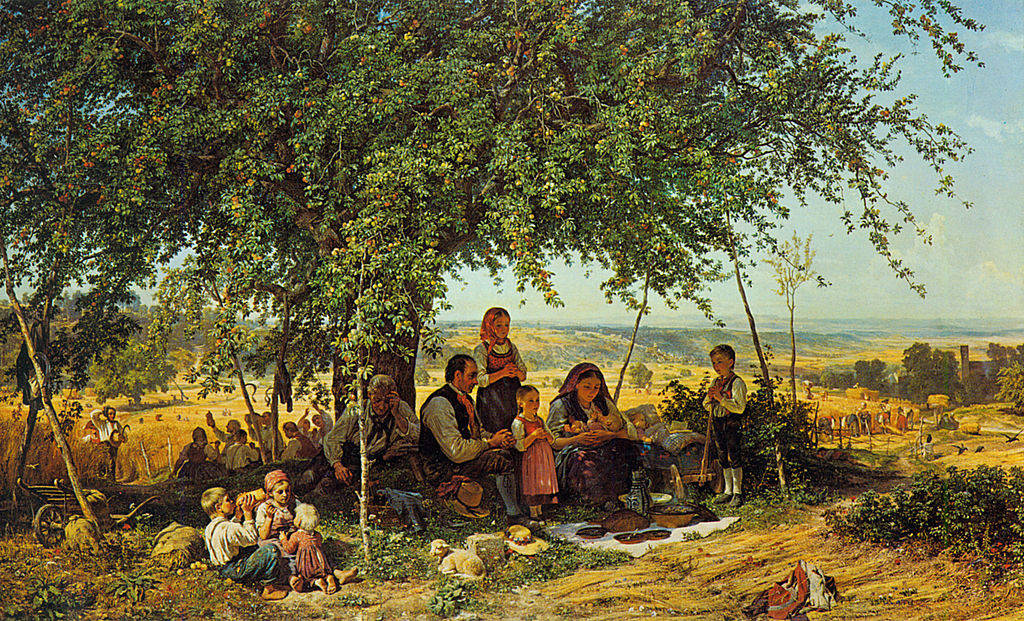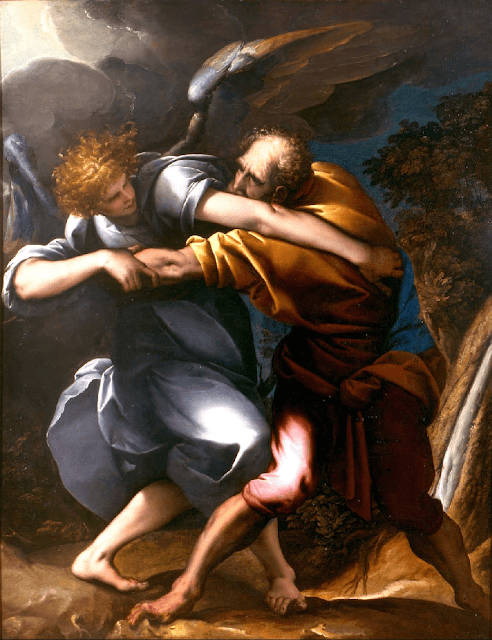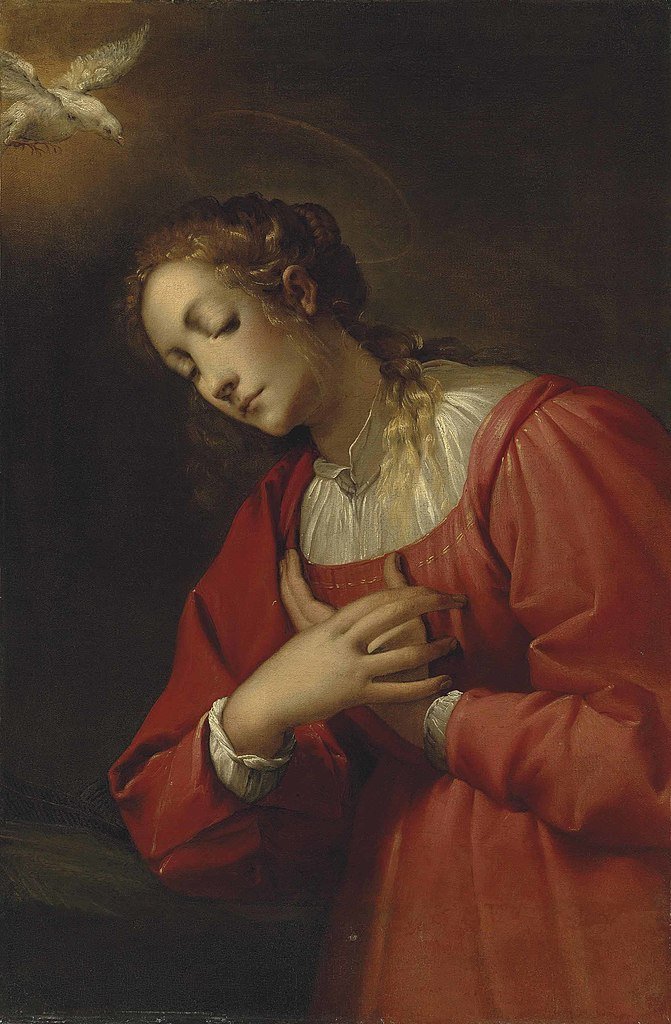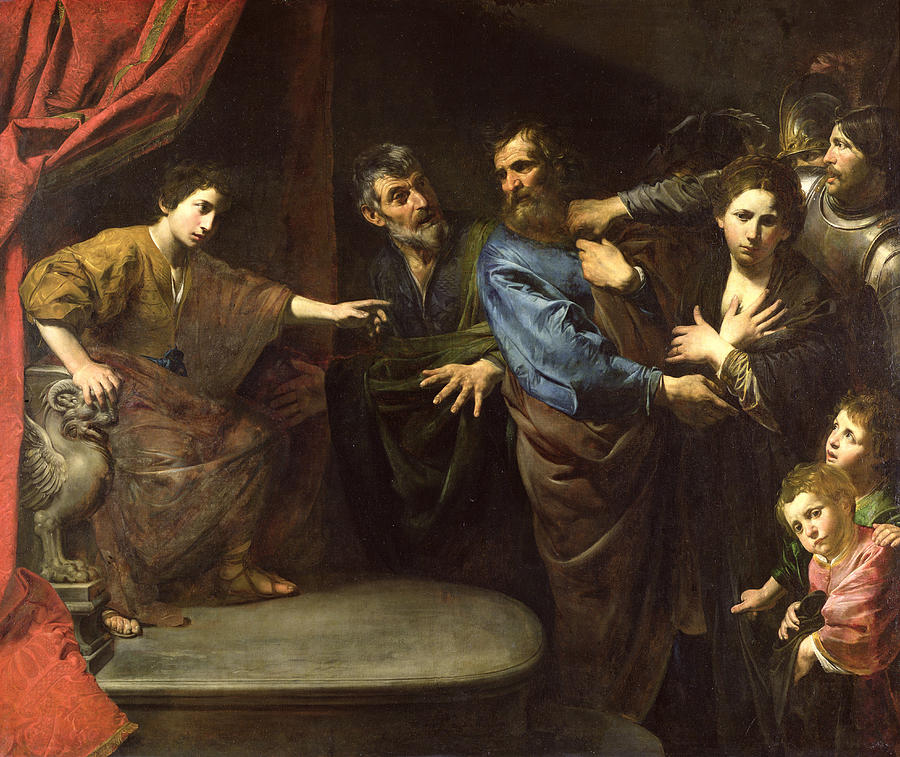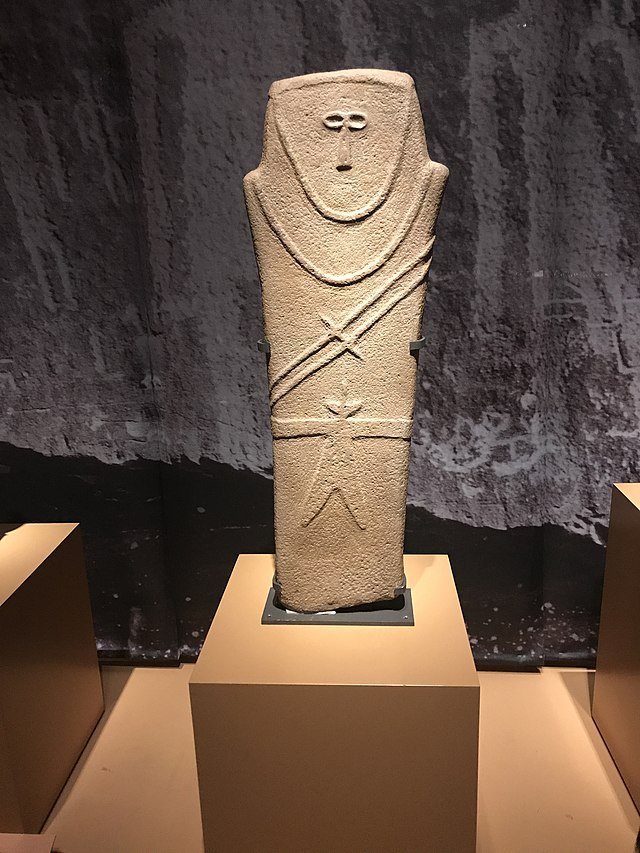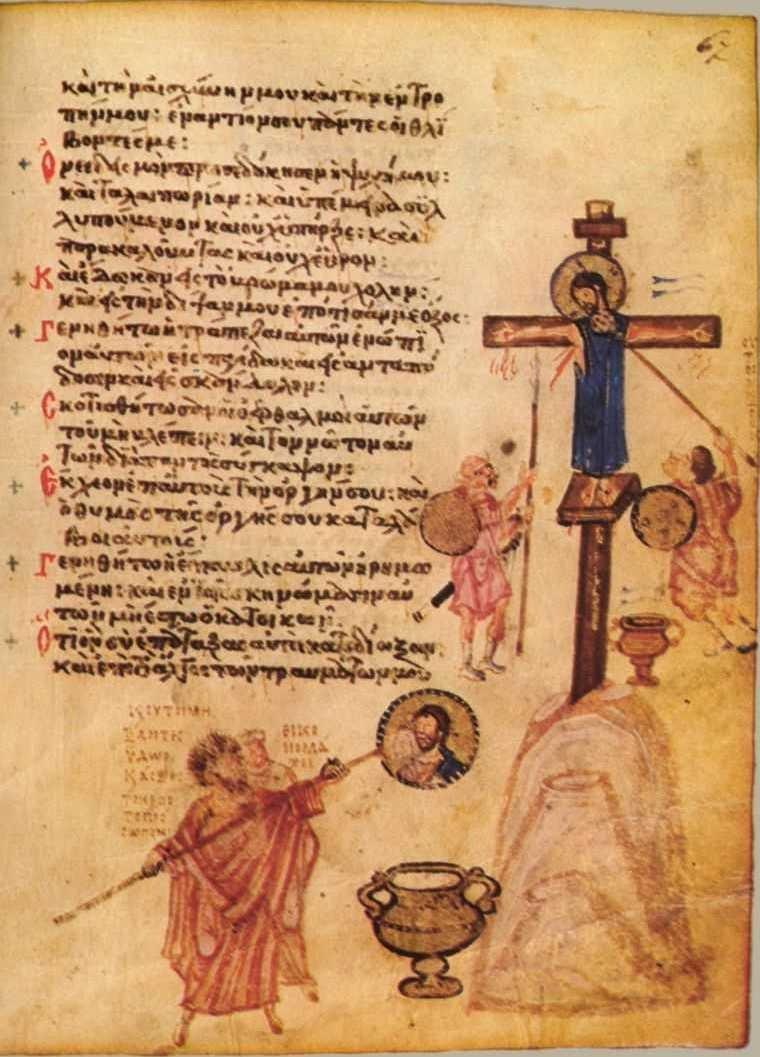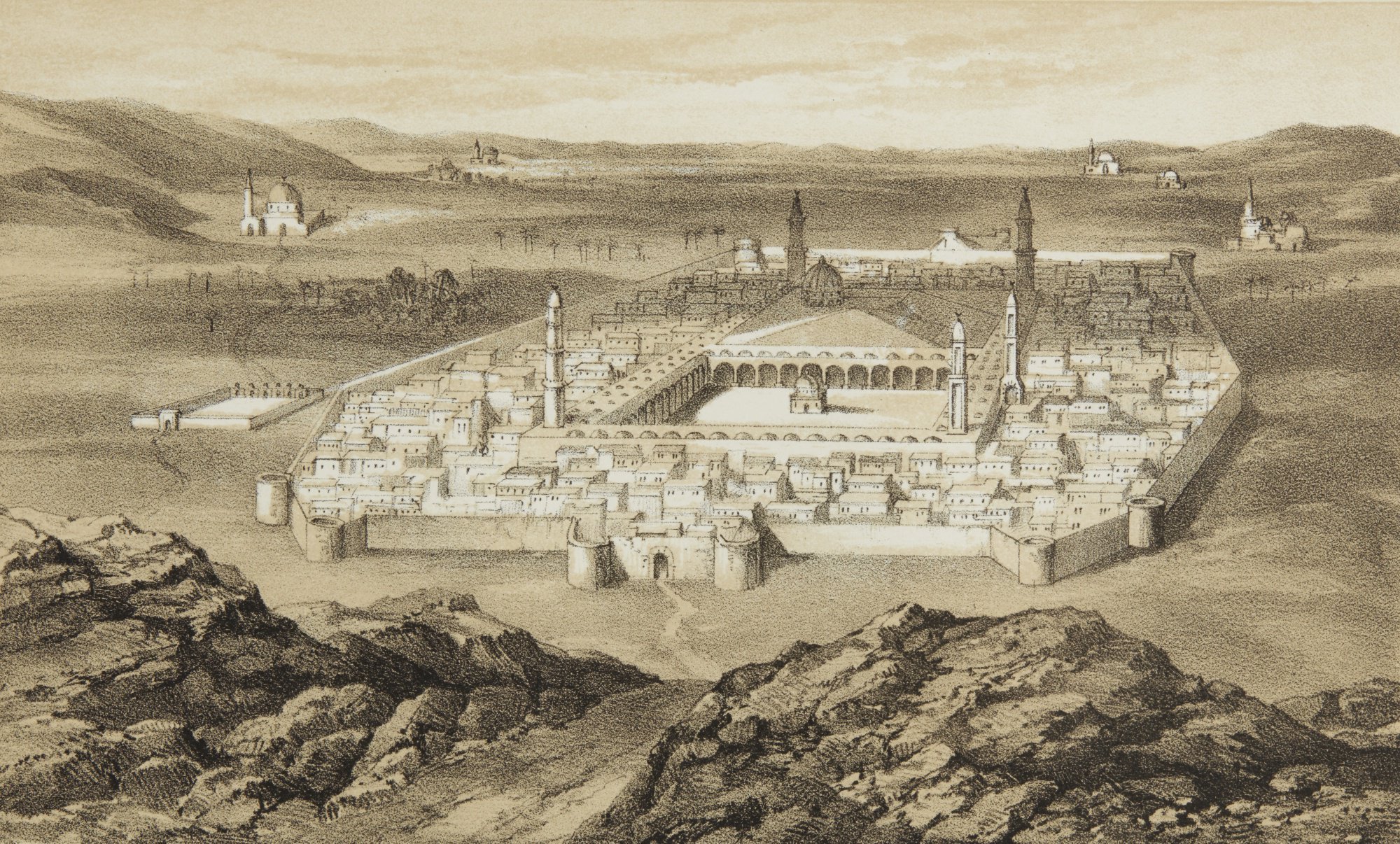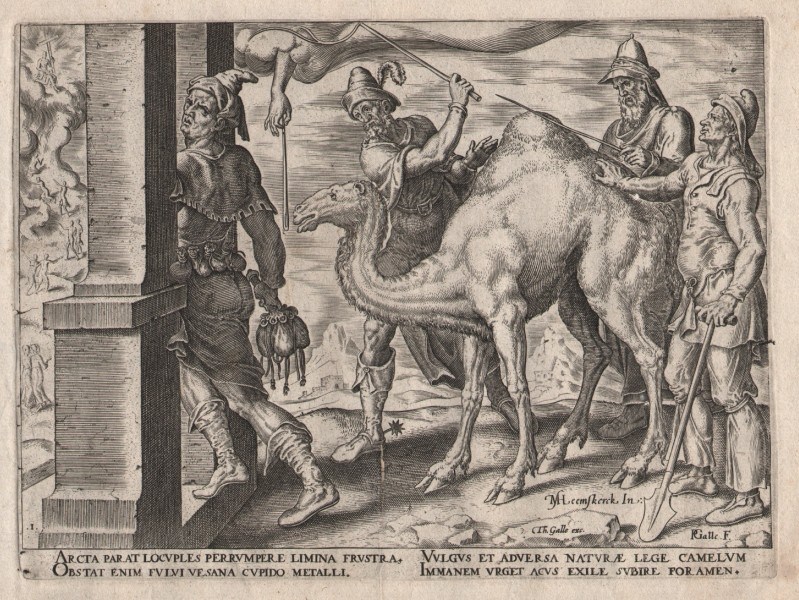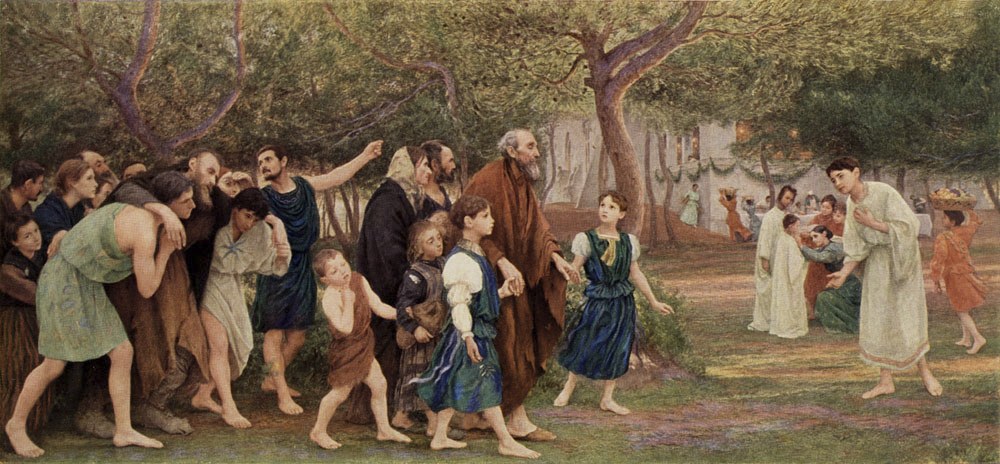I was asked by a friend to write something explaining the four meanings of Holy Scripture as taught by St. Thomas: namely, the historical (or literal), the allegorical, the tropological (or moral), and the anagogical. I am glad to comply with this request, because I am convinced that the crisis in the Church today is due in large part to the failure to interpret Holy Scripture as God intended and as the Church has consistently understood it.
St. Thomas considers this matter of such importance that he deals with it in the very first question of his great masterpiece, the Summa Theologica. The teaching of the Angelic Doctor in this matter is confirmed abundantly by the way the Church uses Holy Scripture in her liturgy, as we shall show. It can also be shown to agree with the universal tradition of the Fathers. To give one typical example, St. Gregory the Great says, “Holy Scripture transcends all other sciences by its very style of expression, in that one and the same discourse, while narrating an event, transmits a mystery as well.”
We must always keep in mind that the principal author of Holy Scripture is God Himself. Next to the Incarnation, Holy Scripture is God’s greatest favor given to men. Only God could have taught us that He created the world, and how He did it and why. The first article of the Creed – I believe in God the Father almighty, creator of heaven and earth – is a truth transcending all natural science and all rational philosophy. Why? Because all rational disciplines must reason from, and must presuppose the nature of, things. They cannot explain how these natures came to be in the first place, nor why.
One of the first truths we teach our children is: “Why did God make you? God made me to know Him, to love Him, to serve Him in this life, and to be happy with Him in eternity.” No human science or philosophy can teach us this wisdom, and this is why all godless education is marked by purposelessness.
God did not reveal the truths of Scripture to the proud, the suspicious, or the skeptic, but to the simple of heart. And it is part of His Providence not merely to inspire, but to be understood. And as part of His Providence, He gave us an infallible teacher to teach its truths without danger of error. And to keep His Church one, He made the principle of infallibility unique. Therefore, to interpret Holy Scripture correctly, one must understand it with the mind of the Church and under the guidance of the infallible magisterium.
St. Thomas, learning from the Fathers of the Church, teaches us that the inspired books – having God for their principal author – are infinitely richer in meaning than books emanating from a human source. A human author can teach from the meaning of words, but God conveys a message through the things He created. One could ask what is the meaning of the French word soleil and be told that it means “sun.” But no one can give the meaning of the sun itself, except the mind that put it in existence and gave it a purpose within the whole creation. Only God can answer the question “why?”
St. Thomas teaches that in Holy Scripture, besides the literal sense, God intends to convey three mystical meanings: One, the allegorical sense by which things of the Old Law signify the things of the New Law, and certain lesser realities in the New Law signify certain greater ones; two, the tropological or moral sense, by which the things done by Christ and by those who prefigured Him are signs of what we (His Mystical Body) should carry out; and three, the anagogical sense, which signifies things that lie ahead in eternal glory.
A few examples from the practice of the Church are sufficient to explain this method of understanding and explaining Holy Scripture. Take the story of Abraham and Isaac as reported in Genesis 22:1-18. The literal sense is a historical event that took place exactly as told in the Bible. But in the mystical or allegorical sense, the Church sees in Isaac a prophetic figure of Our Lord Jesus Christ, walking up the hill of Golgotha, carrying His cross, to offer up the great sacrifice by which He redeemed the world. In the prophetic figure, God the Father did not allow Isaac to be sacrificed but provided a ram to substitute for him. But in the prophesied reality, no ram was provided on Golgotha. God the Father, who spared Abraham that sacrifice, reserved that privilege for Himself.
In the same text, the Church understands a tropological sense. “Tropological” means “turned about,” to apply to the moral life of the Church or an individual member of it. All the faithful must imitate the faith and obedience of Father Abraham, who deserved to hear from God the Father: “And in thy seed shall all the nations of the earth be blessed, because thou hast obeyed my voice” (Gen. 22:18).
The tropological sense is often used by preachers when they apply a text to an occasion which need not have been intended by the inspired author but could have been in the mind of God Who was inspiring. When Don John of Austria won a great victory for the Catholic cause at Lepanto, a preacher could apply to him the text: “There was a man sent from God whose name was John.” The same text could have been applied to John Hunyadi after the battle of Belgrade or to King John Sobieski after the victory of Vienna of 1683.
The episode of the ten lepers, related in Luke chapter seventeen, can be interpreted in the three senses we have presented thus far. Literally, it really happened. Ten lepers did cry out “Jesus, Master, have mercy on us!” So did the rest of the event truly happen as related by St. Luke. Without jeopardizing the historicity of the account there is also rich allegory in the story. The nine Jews who were cured but were ungrateful represent their nation, so graced by God, yet so ungrateful as to miss the time of their visitation. The Samaritan represents the gentile world, who were formerly forgetful of God, but who, with the grace of the New Testament, are grateful. They are the “strangers” who return to “give glory to God.” Tropologically, or morally, it teaches us, as a Church and as individuals, to show gratitude to God for the manifest graces He has given us, cleansing our filthiness and healing our diseases.
Finally, God wants us to raise our thoughts and interests towards the last things: heaven, hell, the last judgment, the state of glory, etc. But since our ordinary language is inadequate to express such transcendental truths, the Bible uses persons or things of time as symbols of eternal realities. This is the anagogical sense, of which there are many examples in the liturgical prayers of the Church.
For example, take the Introit of Laetare Sunday, the fourth Sunday of Lent. It is meant to bring joy and enhance hope in the midst of the penitential season. It says: “Rejoice, O Jerusalem, and come together all you that love her; rejoice with joy, you that have been in sorrow: that you may exult and be filled from the breasts of your consolation. [Is. 66:10-11] I rejoiced at the things that were said to me: We shall go into the house of the Lord [Ps. 121:1].” The Prophet Isaias and the Psalmist are talking directly about a real city, Jerusalem, in some definite historical circumstances: the exile of her children to Babylon and the prospect of their return. This is the literal or historic sense. We can also understand in this prayer allegorical and tropological meanings applied to the Church. But the principal purpose of this Introit is to lift our minds and hearts to the heavenly Jerusalem. This is the anagogical sense.
One very profitable exercise is to read the Bible with this foursome in mind. It is a good tool to use in meditation and can actually be fun. The Gospels can take on new vividness: The parable of the talents… the curse of the fig tree… the call of Levi… the miraculous draught of fishes… Our Lord’s resurrection miracles…. They all teach us more when we meditate on them in light of the four senses. Not only the Gospels, but also all the rest of Scripture can be piously read in this way.
In our time, a great part of the crisis in religion is due to the way the Bible has been undermined. Any one who accepts the false theory of evolution cannot know the true literal sense of Scripture, on which, according to St. Thomas, the other three meanings depend. Here are the exact words of St. Thomas: “The first meaning, whereby the words signify things, belongs to the sense first mentioned, namely the historical or literal. That meaning, however, whereby the things signified by the words in their turn also signify other things is called the spiritual sense; it is based on and presupposes the literal sense.” (1a Q1 art.10) Further, the saint adds that “nothing necessary for faith is contained under the spiritual sense that is not openly conveyed through the literal sense elsewhere.”
St. Thomas gives us an excellent illustration of this important doctrine in the sequence he wrote for the feast of Corpus Christi, namely the Lauda Sion. In this familiar hymn in honor of the Holy Eucharist, the saint refers to the many, many places in the Old Testament where the Eucharist is contained in the spiritual sense, as in the Paschal lamb and the manna. But the doctrine of the Eucharist is found plainly in chapter six of John, and there in the literal sense. We also notice in the very title of the Lauda Sion , an illustration of the spiritual or mystical sense, for Sion here mystically represents the Church which was manifested to the world on Mount Sion on Pentecost Sunday and where the Eucharist was instituted on Holy Thursday.
Brother Francis Maluf was born in Lebanon in 1913 and held a PhD in philosophy. Along with Father Leonard Feeney, he was a founding, in 1949, of the Slaves of the Immaculate Heart of Mary, a religious Order. Brother Francis went to his heavenly reward in 2009. This article appears courtesy of Catholicism.org.
The image shows, “Saint Dominic,” a detail from the “Mocking of Christ,” a fresco in the Conventio of San Marco, painted by Fra Angelico in 1441.
